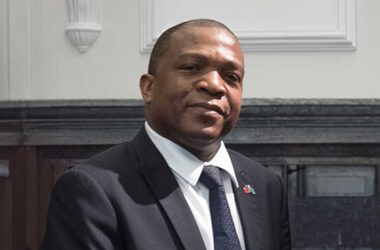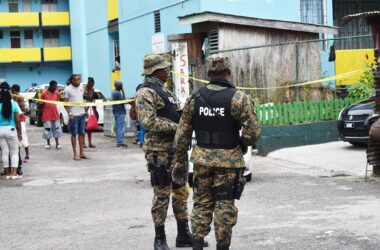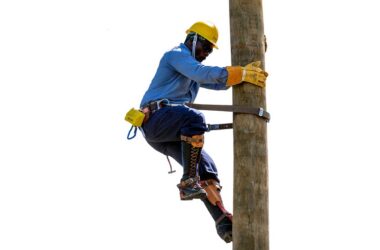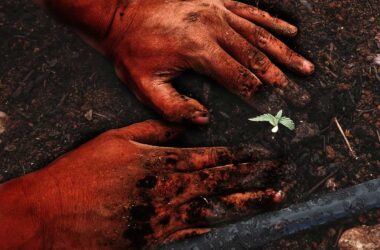DID St Lucia drop the ball in the fight against HIV/AIDS? Or is it that we never had the ball in hand in the first place?
We are forced to ask these questions after hearing the shocking news this week about our HIV/AIDS figures. St Lucia has already chalked up some records in the field of health that are not at all flattering. Now we have gone and added “the country with the second highest number of people living with HIV/AIDS in the Eastern Caribbean” to our list of negative accolades.
With more than 500 cases, St Lucia is said to be second only to St Vincent and the Grenadines which recorded 800 cases. But ask any knowledgeable person in the health sector and they will tell you that these figures are grossly under estimated; that they actually represent only reported cases, so we are looking at a tip of the iceberg.
The online publication THE BODY, which promotes itself as “The complete HIV/AIDS resource”, reports that there is a lack of data and research on HIV prevalence among the drivers of the epidemic in St Lucia.
As if this was not enough, St Lucia also has another black mark against its name as far as HIV/AIDS is concerned. We are said to be the only island in the Eastern Caribbean where HIV transmission from mothers to children has not been eliminated. Countries like Barbados, Dominica and Grenada were the first set to achieve success in this area. We distinctly recall hearing some time ago, maybe as recently as last year, that St. Lucia was well on the way to achieving this. So what has gone wrong?
We gather that many St Lucians were as shocked as we are on hearing these developments this week as we joined other countries in observing World AIDS Day. We honestly wish that someone in the Ministry of Health would help us get some idea of just how we came to this point. We need the explanations because this is not the first instance where we thought we were doing well, and now we are discovering that we are not. Specifically, how is it that we have become THE ONLY island in the subregion that has not eliminated mother to child HIV transmission?
Most alarming in all of this is the fact that with several countries in the Caribbean and elsewhere targeting ending the AIDS epidemic by 2030—in 14 years’ time—we find ourselves sitting on a time bomb, because it is clear that there are people in this country spreading the disease. It appears that many are not prepared to make the necessary lifestyle changes that offer protection against contracting this disease. We understand that there are even drugs that can be taken by an HIV negative person on a daily basis that dramatically reduces the chance of contracting the virus.
According to the recent statistics, St Lucia finds itself in a regional pool where 83 percent of reported persons with HIV are in the 15-54 year age group, but 50 percent of that group are 25-34 years old. For our country, these figures are indeed frightening.
It is clear to us that St Lucia will have to launch a new offensive against HIV/AIDS. We need to look at the strategies that have been employed to date and determine whether they need tweaking in some way or whether new initiatives are needed to bring this thing under some kind of control. Above all, we need to come to some understanding about the true status of HIV/AIDS in St Lucia in terms of numbers. Explanations are needed from the Ministry of Health and we need them quickly because we are dealing with a potentially dangerous situation here.













I am a st Lucian